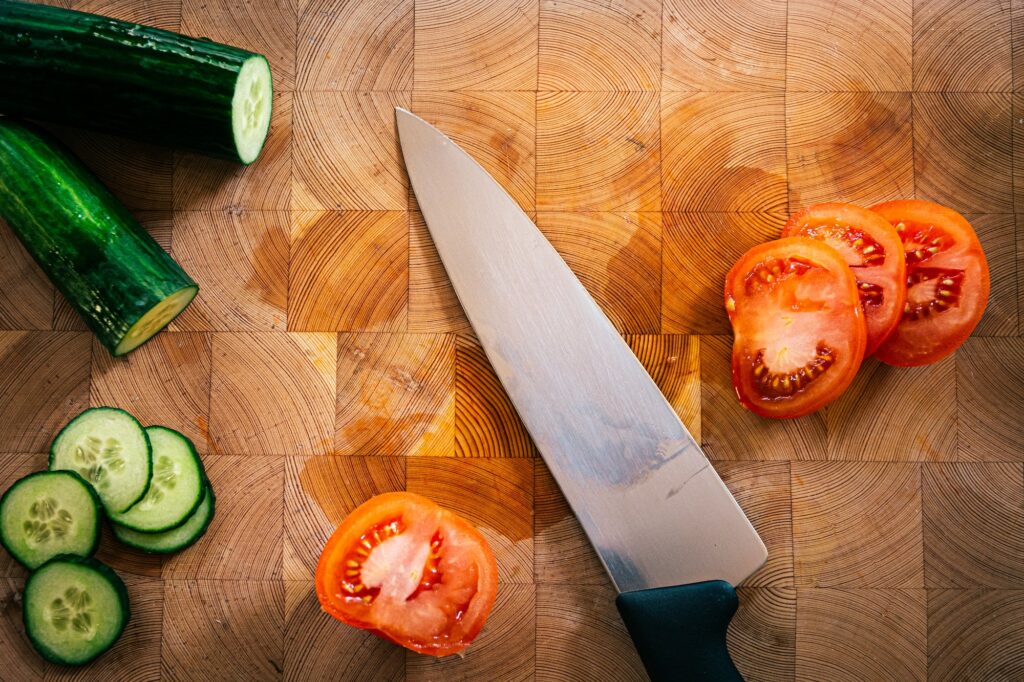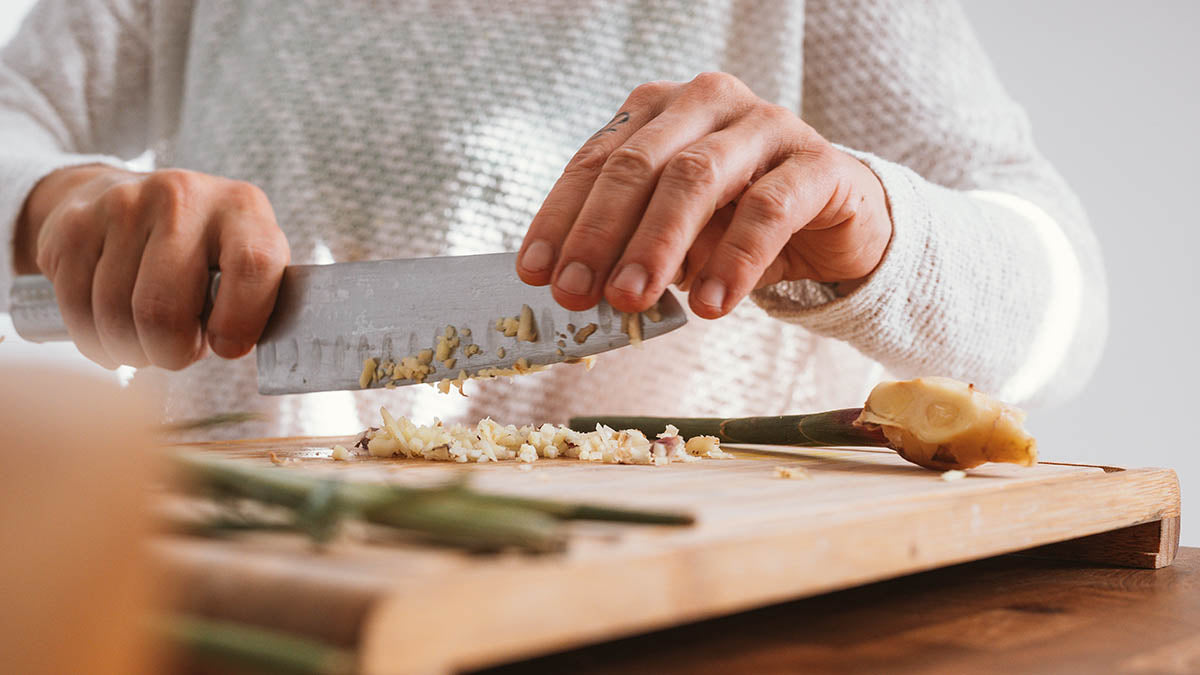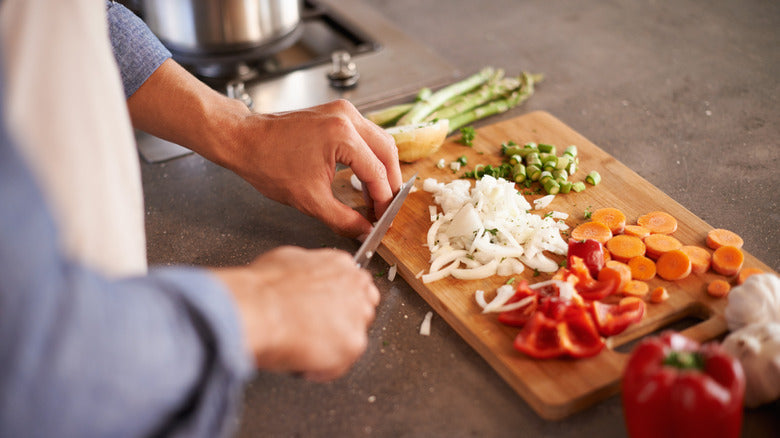In professional kitchens, every tool, from knives to cutting boards, serves a specific purpose. Among these items, color-coded cutting boards have become an integral part of maintaining kitchen safety and hygiene. If youve ever wondered, why would you use a red cutting board, the answer lies in its role in preventing cross-contamination and simplifying workflow. Whether youre a seasoned kitchen professional or just diving into the industry, understanding the significance of cutting board colors can elevate your efficiency and the safety of your workspace.

The Importance of Color-Coded Cutting Boards
Color-coded cutting boards are used in both commercial and home kitchens to promote cleanliness and organization. By assigning specific colors to different food categories, kitchen staff can avoid mistakes that lead to cross-contamination. For instance, using the same cutting board to chop raw chicken and then vegetables without proper cleaning in between risks the spread of harmful bacteria such as Salmonella.
To combat this, many kitchens use an industry-standard color-coding system that designates certain colors to specific food types. Red cutting boards, in particular, carry significant meaning, which well explore in-depth below.
Understanding Why Red Cutting Boards Are Used
Red cutting boards are specifically designated for handling raw meat. This distinct color helps kitchen staff quickly identify the correct surface for tasks like butchering or portioning raw cuts of beef, pork, or lamb. This makes it easier for chefs and kitchen workers to maintain strict hygiene protocols and prevent foodborne illnesses.
Here are three main reasons why red cutting boards are essential for raw meat handling:
1. Prevents Cross-Contamination
Using a red cutting board exclusively for raw meat reduces the risk of bacteria transfer to other food items. Harmful pathogens like E. coli or Salmonella are common in raw meat, and having a dedicated surface helps confine them to a single area.
2. Ensures Compliance with Health Regulations
Food safety guidelines, especially in commercial kitchens, often require the use of designated cutting boards for different food types. Red coloring is a universally recognized indicator for raw meat. By adhering to this system, you comply with important health codes and promote a universally understood safety standard.
3. Boosts Kitchen Efficiency
The visual distinction of a red cutting board helps minimize confusion and speeds up food prep processes. Chefs and kitchen staff dont have to waste time guessing or double-checking which board to use, thus improving workflow and reducing errors.
How to Properly Care for Your Red Cutting Board
Maintaining your red cutting board is essential to preserve its usefulness and hygiene. Here are some tips to ensure your board stays in top shape:
Cleaning
Thoroughly wash your red cutting board after each use. Use hot, soapy water and scrub well to remove meat juices and food particles. Alternatively, you can follow this step-by-step guide on cleaning and sanitizing a cutting board to ensure its cleanliness.
Sanitizing
Disinfect your cutting board using a solution of bleach and water or a food-safe sanitizer. Regular sanitizing prevents bacterial growth and ensures compliance with health standards.
Maintenance
If your red cutting board is plastic, make sure to flatten or repair it if warping occurs over time. You can learn how to do this by reading the unwarping guide.
What Happens If You Dont Use a Dedicated Cutting Board?
Failure to use color-coded cutting boards, such as designated red ones for raw meat, can lead to severe food safety risks. Raw meat often contains bacteria that can transfer to ready-to-eat foods, utensils, or kitchen countertops if proper measures arent taken. The effects can be widespread, leading to food recalls, negative reviews, and legal repercussions in extreme cases.
Alternatives and Complementary Tools
While red cutting boards are essential for raw meat, other colors serve different purposes: green for fruits and vegetables, blue for fish, yellow for poultry, and so on. You can read about the use of other cutting board colors by visiting this color-coding guide.
FAQs About Red Cutting Boards
1. Why are red cutting boards only used for raw meat?
Red cutting boards are assigned to raw meat due to their association with color-coding systems that simplify and ensure food safety. The red color acts as a clear visual identifier.
2. Can I use a red cutting board for cooked meat?
While its best to avoid mixed uses, red cutting boards can be cleaned and sanitized to handle cooked meat if needed. However, its always safer to use a separate surface for ready-to-eat foods.
3. Are there alternatives to plastic red cutting boards?
Yes, wood and composite materials can be alternatives. You can explore options and learn the differences between wood and plastic boards on this Made In guide.

Conclusion
Understanding why would you use a red cutting board is key to fostering a safe and efficient kitchen environment. Red cutting boards are non-negotiable tools for raw meat handling, helping to prevent cross-contamination, ensure compliance with health codes, and streamline workflows. By integrating them into your kitchen routine and adhering to proper cleaning and maintenance practices, you invest not only in food safety but also in the longevity of your teams health and trust in your kitchen operations.
This article contains affiliate links. We may earn a commission at no extra cost to you.






Leave a comment
This site is protected by hCaptcha and the hCaptcha Privacy Policy and Terms of Service apply.